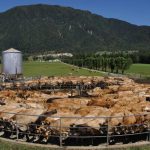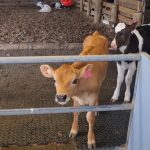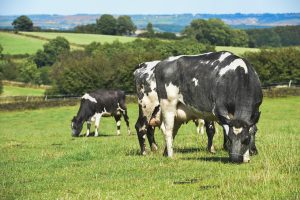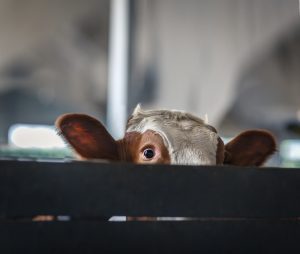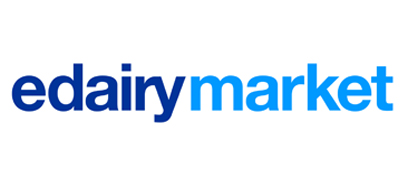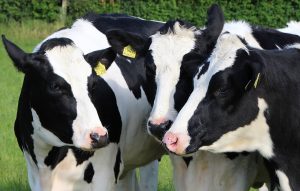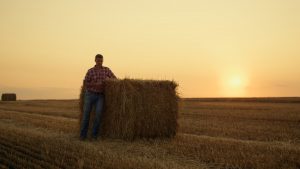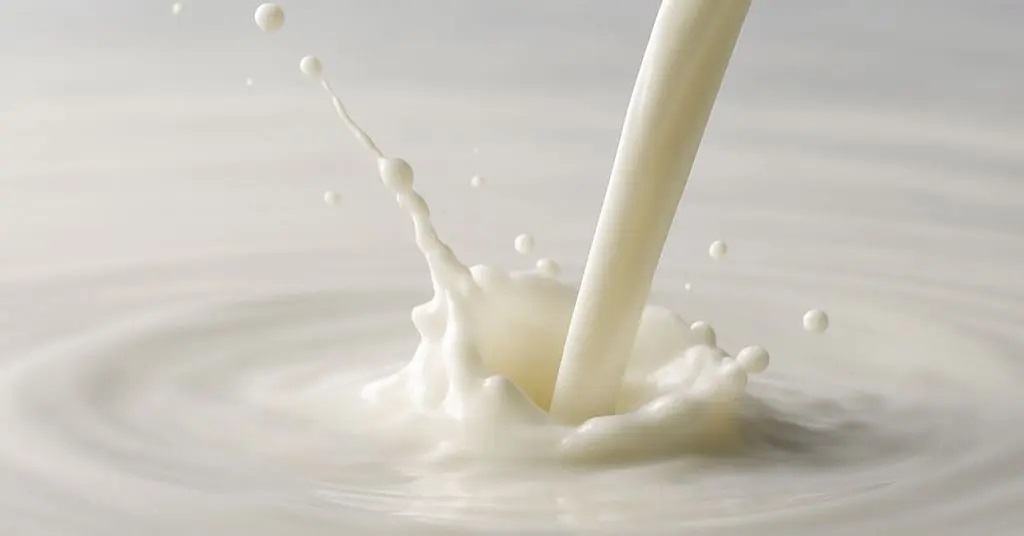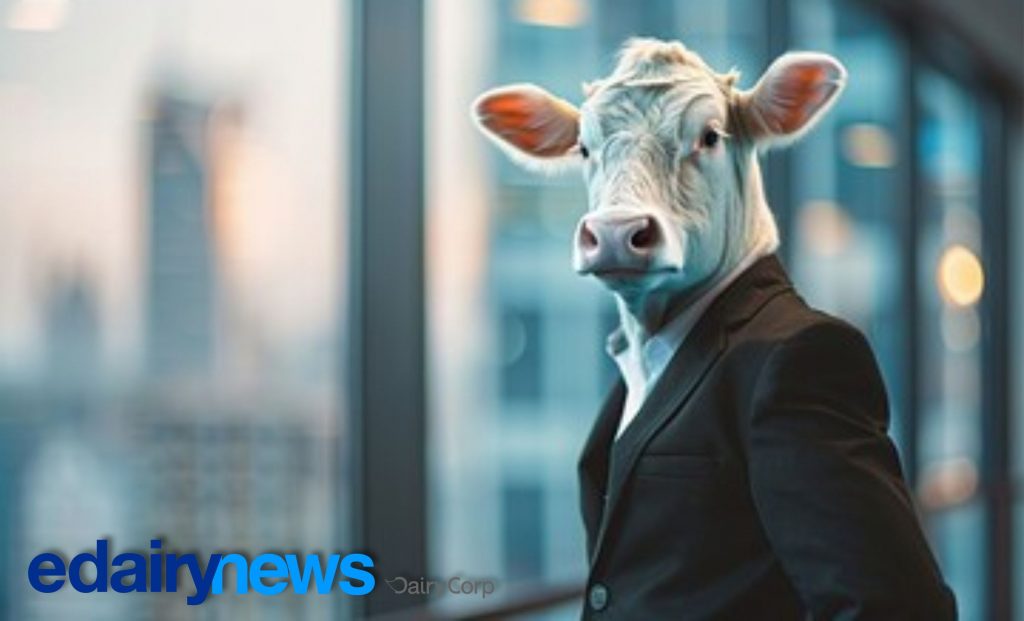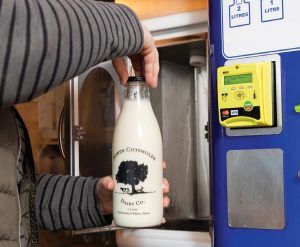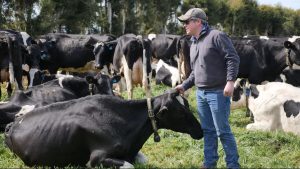
A severe fodder deficit in Britain could see Ireland become a critical supplier, a major shift in the European agribusiness landscape.
A notable imbalance in winter fodder supplies is emerging across the British Isles, a crucial development for the international agribusiness community. The article explores the possibility that Ireland, with a surplus of winter fodder, could become a key supplier for the UK. While parts of Ireland experienced low rainfall, most of the country’s farmers successfully built up their stocks, with some even managing to secure a third or fourth cut of silage. In stark contrast, many English farmers endured drought-like conditions throughout the summer, which left them with a severe fodder deficit.
The situation in England is described as critical. The National Farmers Union (NFU) has confirmed that many farmers are under pressure, with winter fodder stocks already running low. According to a spokesperson for the Agriculture and Horticulture Development Board (AHDB), the drought led to crop failures and the premature use of winter forage supplies. This severe shortage has created a strong demand for imported fodder, a key factor in dairy economics and farm sustainability. The article suggests that farmers in Britain, with a milking herd of 1.6 million, may need to purchase nearly half of their normally homegrown forage supplies.
The supply-side of this equation points squarely to Ireland. The article highlights that Irish farmers have a surplus of silage due to a short winter last year and good summer cuts. This has created a significant opportunity for them to export their silage to drought-struck English farmers. This potential cross-border trade is a clear example of how climate variability in one region can create a significant market opportunity for another, a key dynamic in the modern food supply chain.
The article also serves as a practical guide for farmers. It provides a sample calculation for how a farmer with a herd of 100 cows, 25 in-calf heifers, and 25 yearling heifers can calculate their total feed requirements. This data journalism provides a crucial tool for producers who are facing the urgent need to manage their winter fodder budgets, ensuring they can get through the season without a major feed crisis.
In conclusion, the potential for Ireland to export fodder to the UK is a major story for the international dairy industry. It underscores the importance of strategic planning and the reality of a globalized agricultural market where climate events in one country can create new trade flows. For producers and analysts alike, this is a clear sign of how farmers are adapting to climate challenges and leveraging market opportunities to ensure their herds remain productive and their businesses remain profitable.
Source: Agriland, “Will Ireland be exporting fodder to the UK this winter?”
You can now read the most important #news on #eDairyNews #Whatsapp channels!!!
🇺🇸 eDairy News INGLÊS: https://whatsapp.com/channel/0029VaKsjzGDTkJyIN6hcP1K

